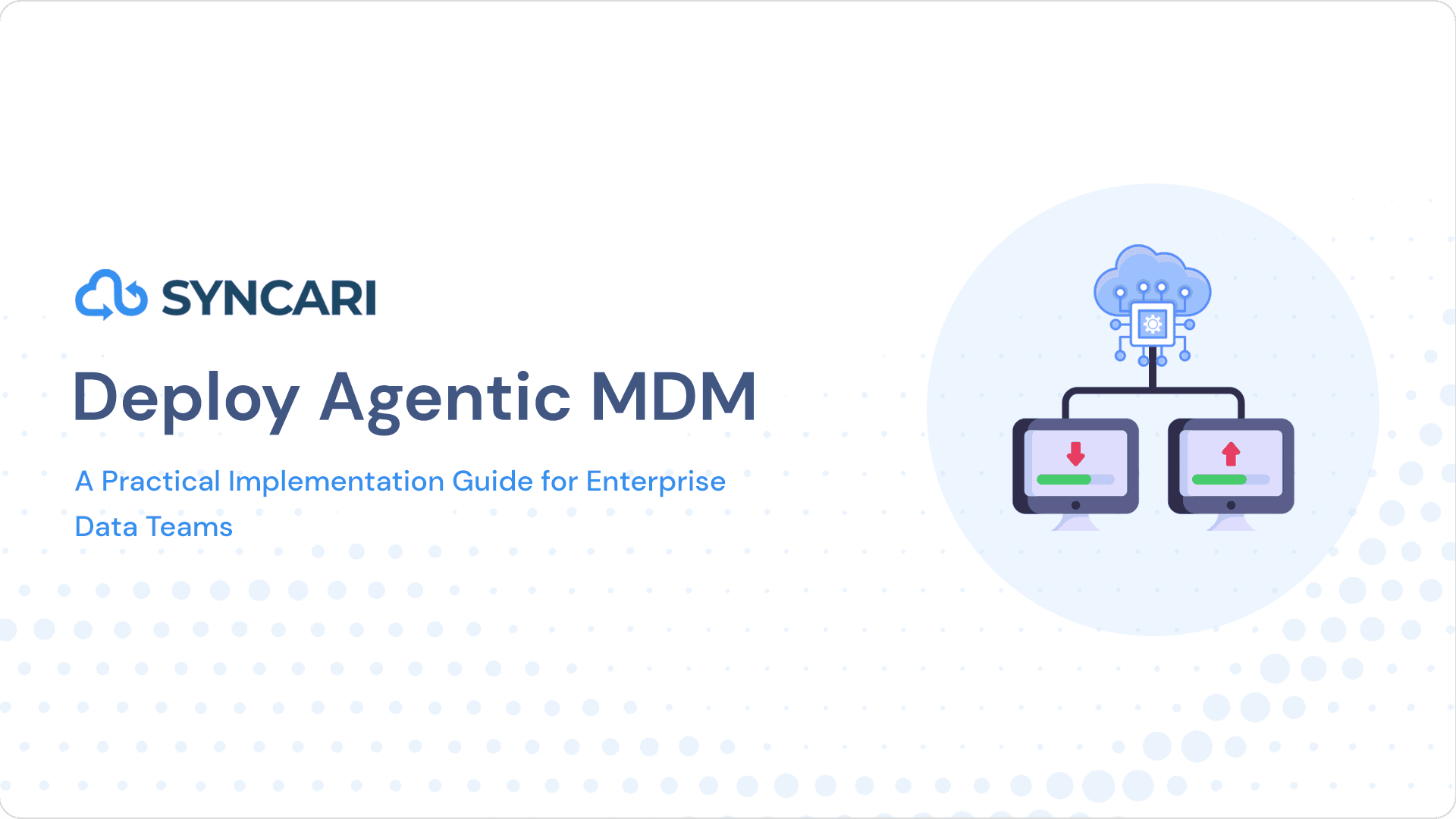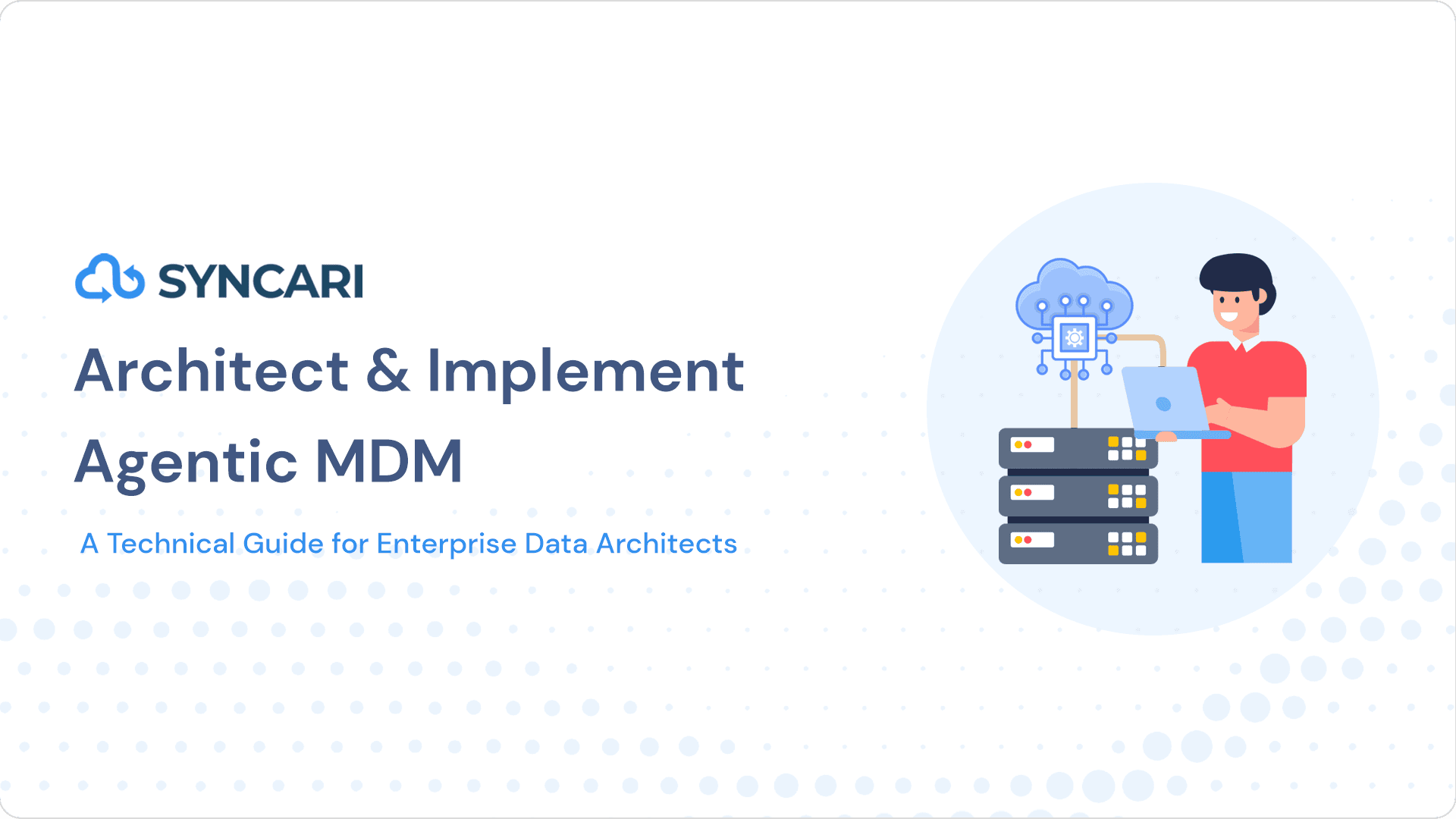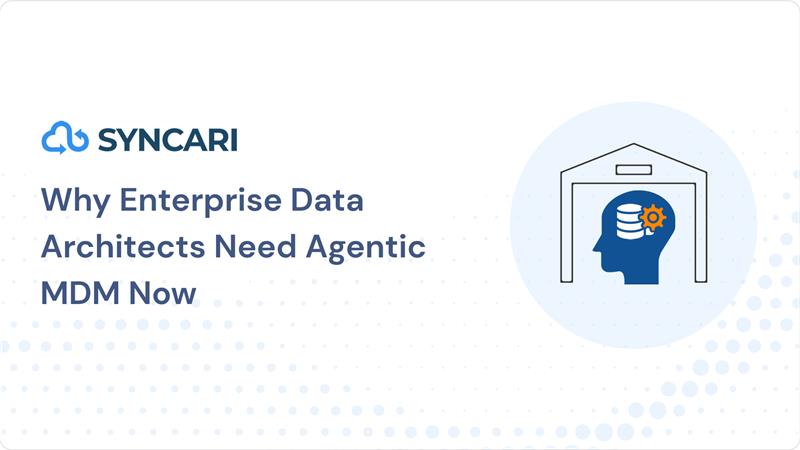When it comes to integrating and distributing data, your results are only as good as your methods. Unifying and synchronizing data from various sources and systems helps business teams find the best revenue signals and directs them to the most productive use of time and resources.
ETL (Extract, Transform, Load), ELT (Extract, Load, Transform), and Reverse ETL> are data integration methods that transfer large volumes of data from a variety of sources and systems to a central data warehouse or vice versa.
The three methods differ in fundamental ways, which we’ll discuss in this article. First, we’ll discuss why businesses need them, then break down an overview of all three. Finally, we’ll dive into the limitations of these three methods and suggest a better alternative.
Why businesses need ETL, ELT, and Reverse ETL
Data coming into an organization rarely have similar or compatible formats. They may be structured or unstructured, aligning with the organization’s existing data models or not at all.
ETL, ELT, and reverse ETL help clean and standardize (or normalize) the incoming data before unifying them with the rest of the organization’s data. This way, when business teams retrieve information from their central warehouse or end systems, they can view a complete picture, and derive useful, actionable insights.
Regardless of the method you use, whether ETL vs. ELT vs. Reverse ETL, your data management process would involve the following actions:
- Extract: Extracting is the process of pulling data from the data source or original database.
- Transform: Transforming is the process of cleaning, normalizing, and unifying the structure of data gathered in order to integrate with the rest of your data.
- Load:Loading is the process of moving data into its final data destination.
Overview of ETL, ELT, and Reverse ETL
Let’s begin with definitions:
Extract, Transform, Load (ETL)
ETL extracts and moves data from one or many data sources to a staging area where the data is cleaned, normalized, transformed, and integrated into a central data warehouse. In summary, ETL integrates data following this order:
- Extracts raw data from various individual systems and sources
- Transforms data on a secondary processing server
- Loads the data into a central database or data warehouse
Extract, Load, Transform (ELT)
ELT extracts and moves data straight into a data warehouse to handle integration, skipping staging on a separate processing server. In summary, ELT integrates data following this order:
- Extracts data from individual systems and sources
- Loads the data into a central database or data warehouse and transforms them according to each organization’s setup
In both cases, the final resting place is often a central data warehouse. The most significant difference between how ETL and ELT handle data is when and where data processing and transformation occur.
Reverse ETL
Reverse ETL flips the ETL and ELT process upside down by first extracting data from the central data warehouse, which is typically the data destination point, and loading into individual operational systems like marketing software, customer data platforms, and business intelligence systems so business teams can take informed action.
In summary, whereas ETL and ELT extract data from many data sources and bring them into a central warehouse, Reverse ETL extracts data from the data warehouse and pushes it back to the end systems.
Limitations of Data Integration Methods: ETL vs. ELT vs. Reverse ETL
Companies are adopting ETL, ELT, and Reverse ETL as a “best practice” when assembling best-of-breed solutions in the modern data stack – but the limitations of these approaches are clear. Below are the five major limitations of ETL, ELT, and Reverse ETL
1. Complexity
Data and data models change often. When that change needs to be captured and managed across multiple systems with multiple owners, the likelihood of change propagating correctly and quickly decreases.
2. Observability
Data is never perfect. To ensure your data is accurate and verified, visibility and observability are crucial to understanding the transformations that happen along the way. When your data makes multiple hops before getting to the hands of your business teams, creating a visual journey of how it came to its specific state requires stitching together multiple system logs. This process can be so time-consuming and impractical that it feels impossible to accomplish.
3. Governance
Aligning what your data means and how it should be used is perhaps the most important but least attended concept in enterprises today. ETL, ELT, and Reverse ETL tools do not have natural mechanisms to align humans on these critical concepts. Every system describes your data differently, making data governance difficult.
4. Speed to Operational Insight
Reverse ETL emerged out of the necessity to get data and insights from the warehouse back into the hands of customer-facing teams. When your data has to jump across multiple systems and teams before it can deliver any insights, its value decays.
5. Cost
Stitching together multiple solutions, hiring and training people to use multiple solutions, and mapping concepts across disparate systems soon become sunk costs. The outcome is increasing expense on an organization without a clear return on investment to derive better insights from all the incoming data.
Finding the best data processing and integration methods for your organization
ETL, ELT, and Reverse ETL are helpful in deriving insights from your organizational data. However, finding the best fit for your organization would depend on your data regulations for your industry, the amount of data your organization gathers and analyzes within a period, and of course, budget.
Syncari’s data management software negates the need and complexity of combining and using several integration methods, letting you align, analyze and activate data — no matter what system it is — without needing to perform complicated, intensive processes through multiple tools.
Syncari makes data management work seem invisible, with minimal setup requirements and the ability to deal with massive pools of data. Are you currently working on making sense of your organizational data? Try a demo of Syncari to automate all your organization’s data management needs.


